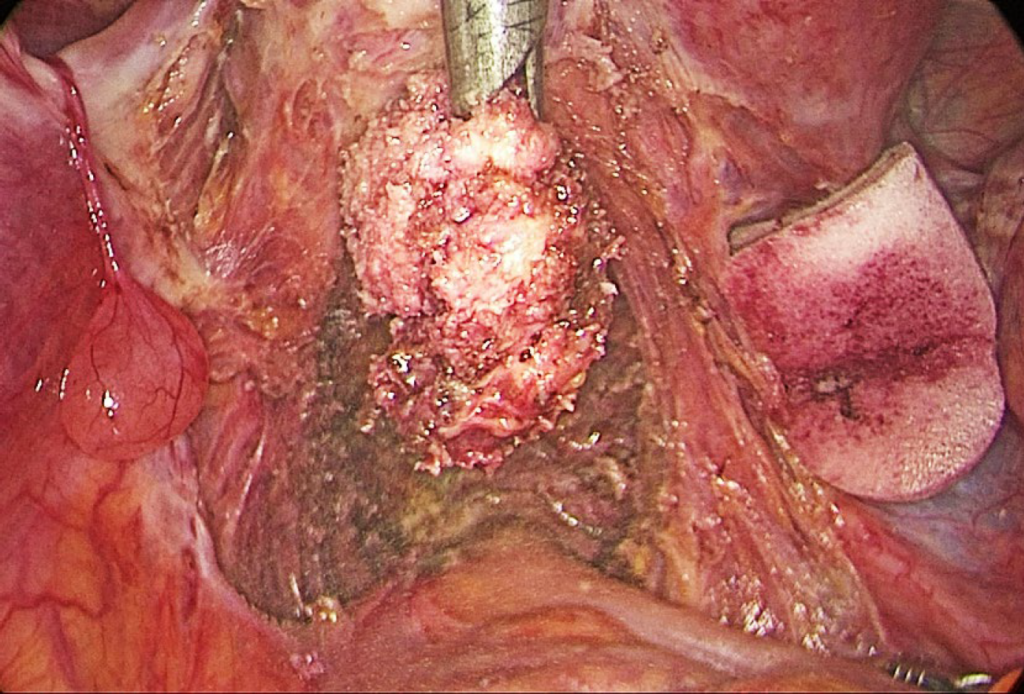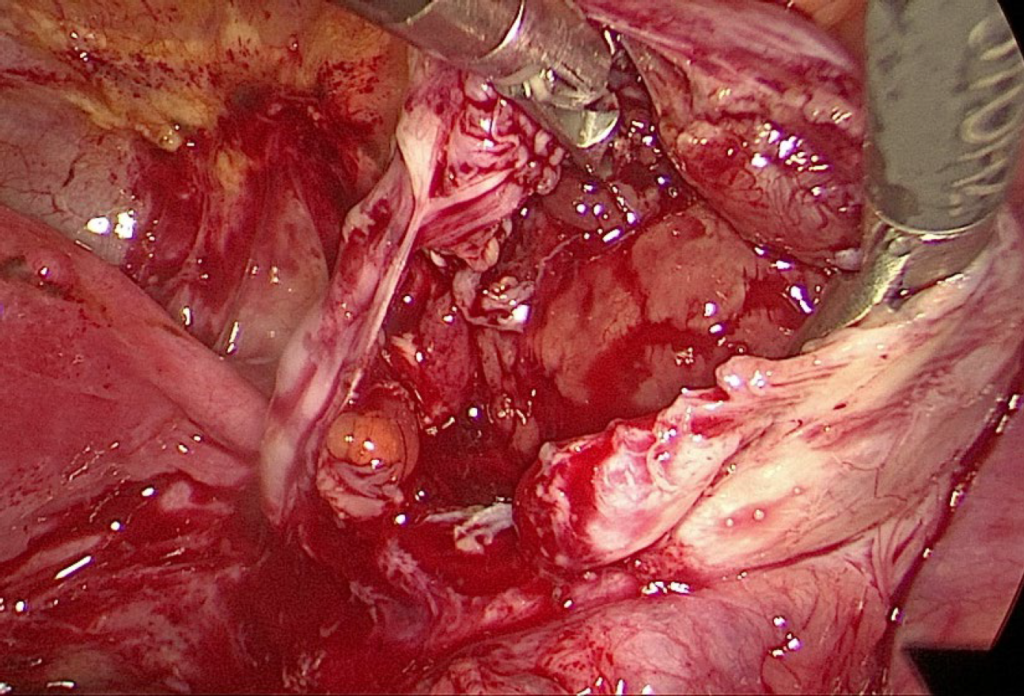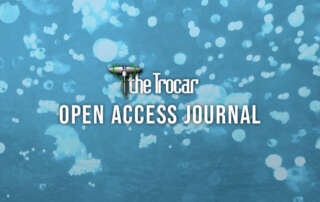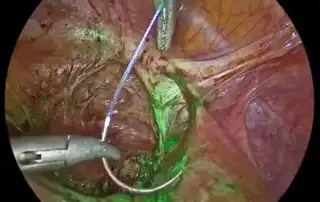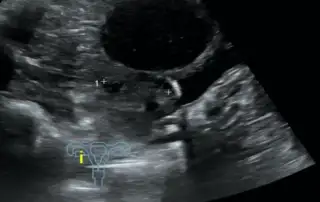For billions of people, there is hardly any medical care available. This is partcularly difficult in remote areas of the world. Can modern information technology and artificial intelligence help in the future?
Artificial intelligence (AI) holds significant promise for transforming medicine in developing countries by improving healthcare access, diagnosis accuracy, treatment efficacy, and resource allocation. Some options AI could impact medicine in developing countries… Continue reading introduction …
Large Endometriosis of the Septum and a fresh opened ovarian Endometrioma
Index: TheTrocar Volume 5 – Issue 1. 2024
Introduction
Article list
- Hysteroscopic findings in patients presenting with abnormal uterine bleeding in a Congolese population of Kinshasa
Mindombe MolekoPatrick , Lumingu Lusakueno Armand, Biawila Lusila Bruno, Kusuman Amos, Odimba Mpoy Jules, Kintoki Makundika Olivier, Ndesanzim Otem Christian, Nzau-Ngoma Emmanuel
DOI: 10.36205/trocar5.2024001 - True broad ligament adenofibroma: a rare case entity
Mily Pandey; Kanchan Gehani; Tejas Gundewar
DOI: 10.36205/trocar5.2024003 - Discovery of chylous mesenteric cyst as opposed to suspected paraovarian cyst
Michelle Harvey, Alexander Gut, Günter Noé
DOI: 10.36205/trocar5.2024004 - Use of perioperative micro-colpo-hysteroscopy to evaluate margins of loop excision
Luigi Montevecchi
DOI: 10.36205/trocar5.2024005 - Torsion of a subserosal leiomyoma: a rare cause of acute abdomen. (Case report)
Helmi Abdalbari, Sura Salih, Wael Hosni
DOI: 10.36205/trocar5.2024006 - Laparoscopic Repair of Caesarean Scar Defect using Indocyanine Green (Video)
Francisco Fuentes; Daniela Melo; Juan Gilabert-Aguilar; Juan Gilabert-Estelles
DOI: 0.36205/trocar5.vid24001
Full articles open access
What is vNOTES hysterectomy and why it is important
DOI: 10.36205/trocar5.2024002
Use of perioperative micro-colpo-hysteroscopy to evaluate margins of loop excision
DOI: 10.36205/ trocar5.2024005
True broad ligament adenofibroma: a rare case entity
DOI: 10.36205/trocar5.2024003
Torsion of a subserosal leiomyoma: a rare cause of acute abdomen
DOI: 10.36205/trocar5.2024006
Laparoscopic Repair of Caesarean Scar Defect using Indocyanine Green
DOI: 10.36205/ trocar5.vid24001
Hysteroscopic findings in patients presenting with abnormal uterine bleeding in a Congolese population of Kinshasa
DOI: 10.36205/trocar5.2024001
Discovery of chylous mesenteric cyst as opposed to suspected paraovarian cyst
DOI: 10.36205/trocar5.2024004
For billions of people, there is hardly any medical care available...
For billions of people, there is hardly any medical care available. This is particularly difficult in remote areas of the world. Can modern information technology and artificial intelligence help in the future?
Artificial intelligence (AI) holds significant promise for transforming medicine in developing countries by improving healthcare access, diagnosis accuracy, treatment efficacy, and resource allocation. Some options AI could impact medicine in developing countries:
For example, by remote Healthcare Delivery, AI-powered telemedicine plaorms can provide access to healthcare services in remote areas where medical resources are scarce. Patients can receive consultations and diagnoses from healthcare professionals without the need for travel. To provide diagnostic Support, AI algorithms can assist healthcare providers in diagnosing diseases more accurately and quickly, even in areas with a shortage of skilled medical professionals. This can lead to earlier detection and treatment of illnesses, ultimately improving patient outcomes. In Public Health Management AI can analyse large datasets to identify disease outbreaks, track epidemiological trends, and predict future health crises. This information enables more effective public health interventions and resource allocation. In the field of drug discovery and development AI algorithms can accelerate the drug discovery process by analysing vast amounts of biological data and identifying potential drug candidates more efficiently. This could lead to the development of new treatments for diseases prevalent in developing countries. The later especially with regard to cost reduction. Still there is a problem with health education and awareness. Probably AI-powered chatbots and virtual assistants can provide healthcare information and guidance to individuals, promoting preventive care and healthy behaviours in communities with limited access to healthcare resources.
Surgeons themselves can hardly be replaced, as robotic systems in particular are extremely expensive and cannot be maintained or cared for in remote areas. However, AI systems could help with the post-operative care of patients or the detection of complications.
However, it’s important to address challenges such as data privacy, infrastructure limitations, and regulatory hurdles to ensure equitable access to AI-powered healthcare solutions in developing countries. Additionally, efforts should be made to ensure that AI technologies are culturally and contextually appropriate for diverse populations. On the way, however, it is still imperative to train medical staff in nursing and with doctors in order to allow more people to participate in medical aid.
The later remains the most important goal of ISGE, to which numerous doctors are commited and support ISGE as trainers. They provide teaching materials and travel to courses around the globe. Be part of this community.
Best wishes
G. Noé

